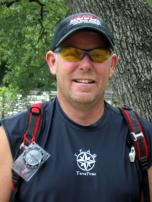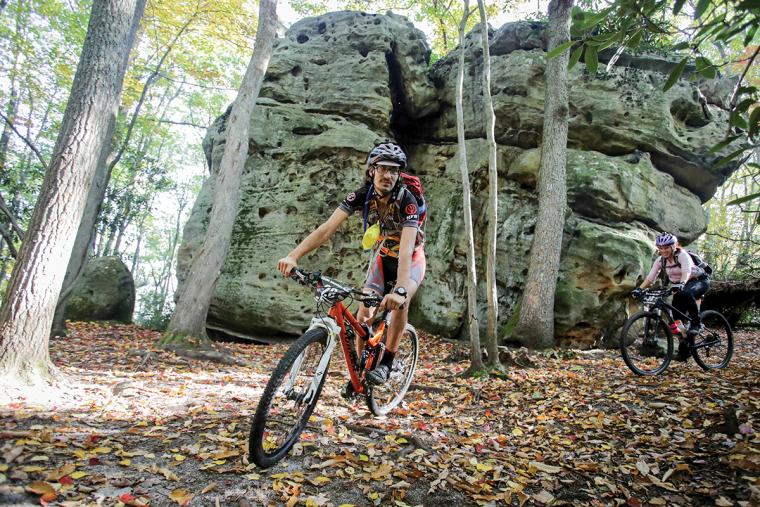
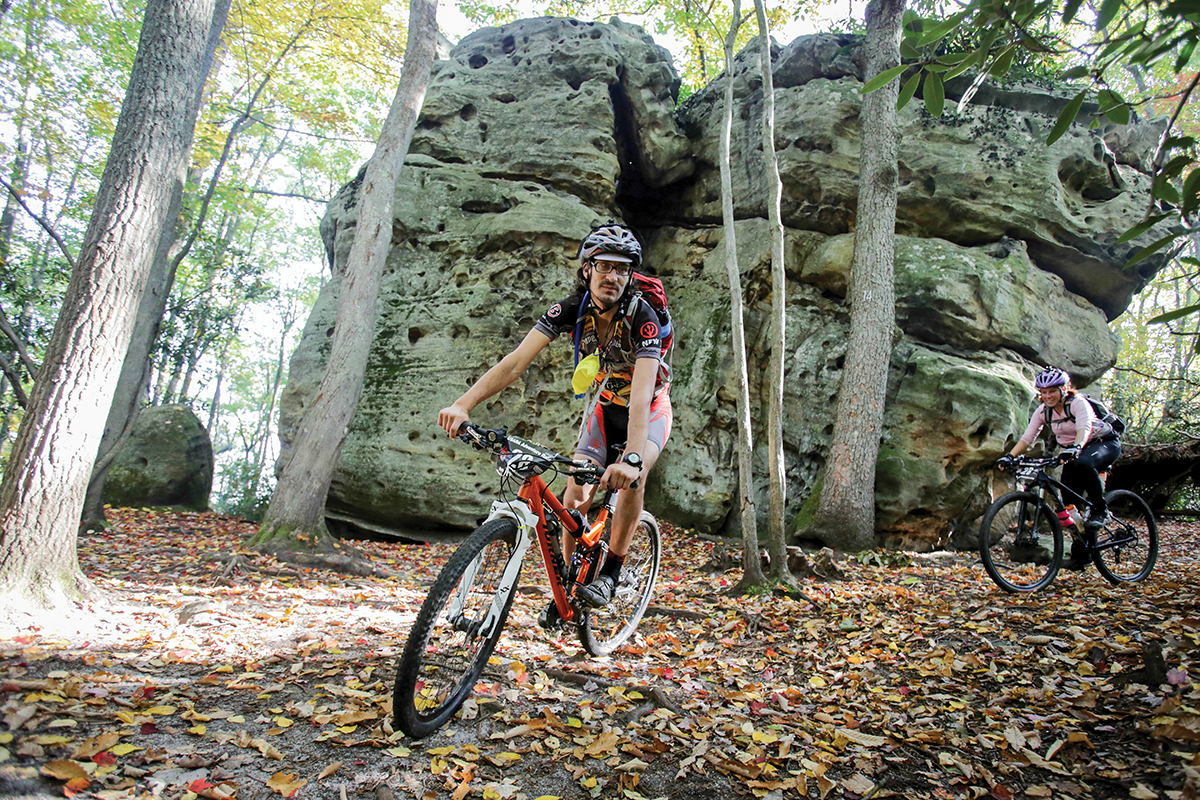 U.S. ADVENTURE RACING ASSOCIATION (USARA) oversees all aspects of the sport of adventure racing in this country. Adventure racing, which is a team pursuit, generally involves teams of between two and five people, with some events now offering solo categories. The disciplines can also vary from race to rac, but often include mountain bicycling, orienteering, hiking, whitewater canoeing, rappelling and more. The races can last a few hours or several days and can cover 10 - 100 miles or more
U.S. ADVENTURE RACING ASSOCIATION (USARA) oversees all aspects of the sport of adventure racing in this country. Adventure racing, which is a team pursuit, generally involves teams of between two and five people, with some events now offering solo categories. The disciplines can also vary from race to rac, but often include mountain bicycling, orienteering, hiking, whitewater canoeing, rappelling and more. The races can last a few hours or several days and can cover 10 - 100 miles or more
Sports Destination Management: Is the sport of adventure racing a new one?
Troy Farrar: Well, right now, we’re in our 20th year of holding national championships. But what is interesting is that we did our sport backwards. It started with expedition races – multiple-day, really long events. Later, they added in sprint races that could be a couple of hours. In the early days, I remember fighting tooth and nail for a 24-hour race to be held.
SDM: What is the biggest misconception people have about adventure racing?
Farrar: That it’s obstacle racing or something else. It’s is not a relay, so everyone needs to take part. However, one of the intriguing things is that every single race is different and it requires different skills.
SDM: How many people come to your events?
Farrar: Between 200 and 250 people. That’s what we get for most races, including nationals.
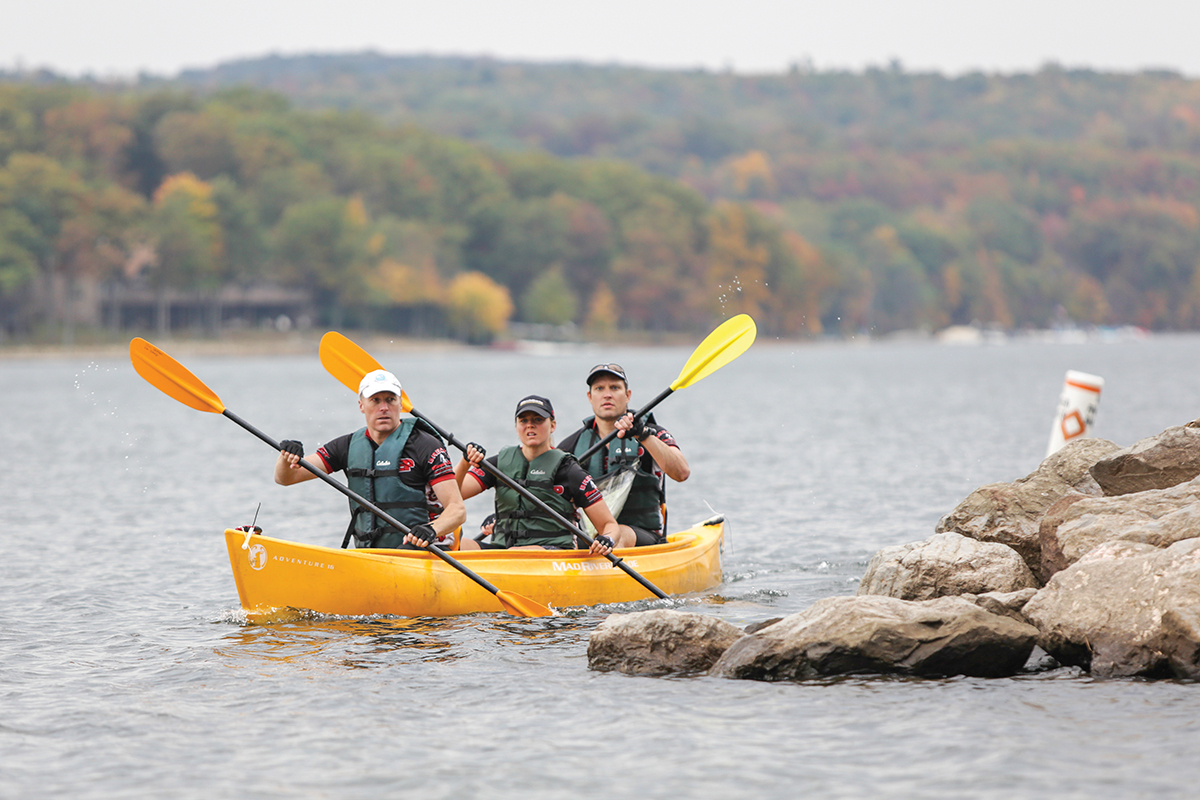 SDM: What do you look for in a city when you’re selecting hosts for events?
SDM: What do you look for in a city when you’re selecting hosts for events?
Farrar: It’s different for various races. I think it’s always important to have it close to a major metropolitan area because it gives you a big pool of people to draw from and it makes it convenient for people who may be coming in from somewhere else. For shorter events, people won’t travel more than a few hours. For regionals, maybe seven to eight hours’ travel is the most they’ll do. For nationals, we had teams from 36 different states.
SDM: Any ideas on economic impact?
Farrar: That has always been a hard sell for us. We can measure hotel rooms but something that happens a lot is that when people come to an area they’ve never visited before, they will say, ‘I’m going to come back here and bring my family.’ That’s great, but we don’t have any way of measuring when that happens.
SDM: What else factors into a hosting decision?
Farrar: The availability of campgrounds may or may not be a part of decision-making; after all, if a race is as short as two hours, your athletes may not need overnight accommodations. Outside of that, we look for beautiful scenery and challenging terrain. One absolutely key part of the criteria is having an experienced race director on site to develop the course. It’s also critical to have local support. For us, the spectator part is really difficult because of the kind of facilities we use.
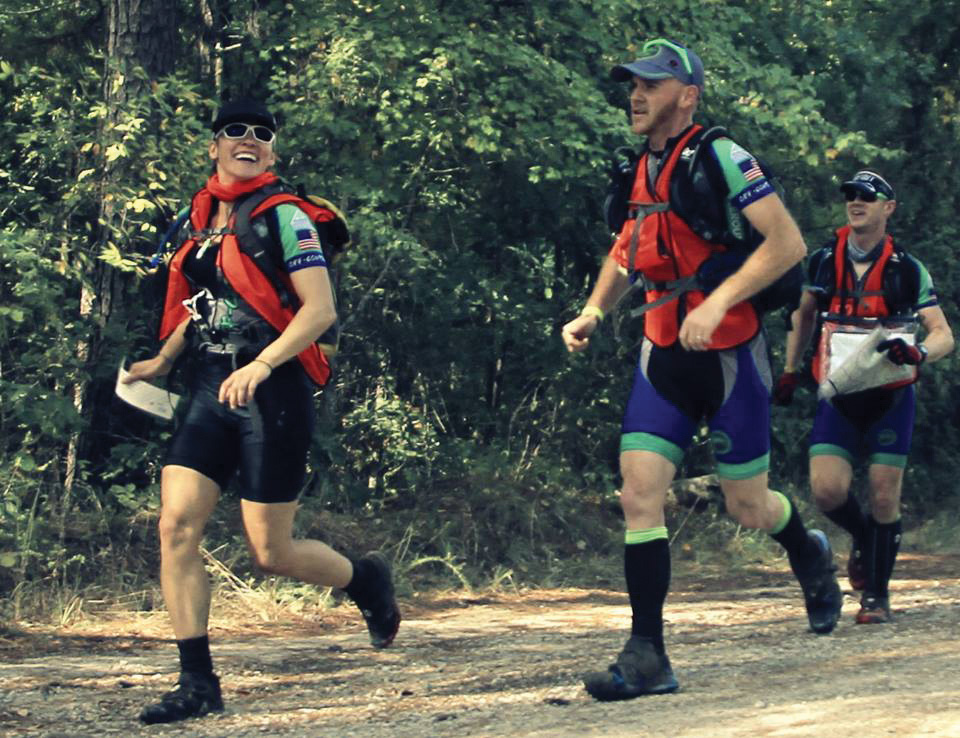 SDM: What are the demographics for adventure racing?
SDM: What are the demographics for adventure racing?
Farrar: The major pool of adventure race athletes is in the 28 to 45 age group. It’s a little bit of an expensive sport, with the travel and the equipment, so you don’t generally see high school or college kids. Most of our racers are already professionals in their career; they work hard during the week and play hard on weekends.
SDM: Is it a 50/50 co-ed split?
Farrar: Traditional adventure racing uses a co-ed team, but we’re still seeing about two-thirds male and one-third
female participation.
SDM: Are you looking for mountainous regions to host?
Farrar: Not necessarily. When we’re planning events, we always decide it’s better to make a few teams fly in than to make everyone fly in. I’d say our events are always east of the Mississippi.
SDM: What is the business of adventure racing like?
Farrar: We have a great list and set of partners who support the sport, from poison ivy lotion to bedding to shoes and packs. We’ve been successful in building great sponsorships. This is a niche sport and it’s a great chance to build brand loyalty among athletes – those are the things people pay attention to when they’re making their buying choices. SDM

